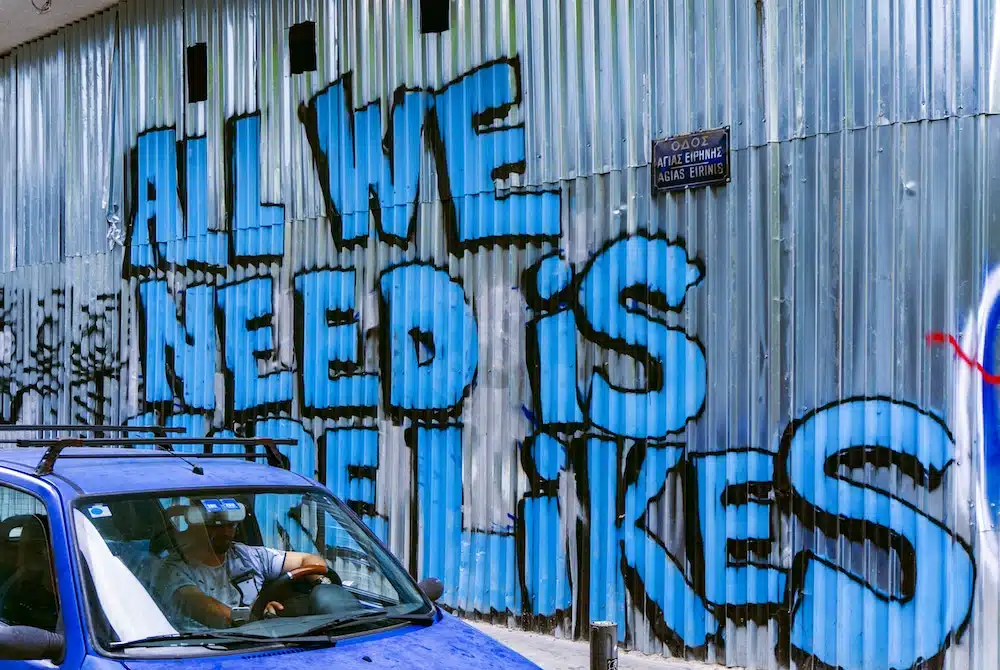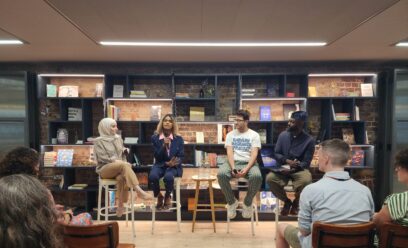Top 10 tips to boost your social media presence
Posted by Katherine Maxwell-Rose on July 23, 2019
Even for communication professionals, the world of social media can at times, feel overwhelming and impenetrable. That’s why we’ve put together ten simple tips to help you connect with your online audience and boost your social media accounts.
1. Take a look at what popular accounts are doing
Honestly it’s not cheating! It’s always helpful to do some research and consider what is making some people’s accounts so attractive. Is it the language they use? The images? How they make you feel? Take note and see if you can implement any of what you have learnt onto your own comms platforms.
2. Tell stories
Stories will make your posts compelling and bring a human face to the issues you work on. When you can, share positive and hopeful stories, particularly where your work has had a big impact or brought about a significant change.
3. Think about your language
Don’t assume your audience has the same knowledge as you. They almost definitely don’t. Be clear. Avoid technical terms and ‘in’ language. Be sharp and succinct, don’t waffle too much. Grab people’s attention early on. People are mostly scrolling on their phones, so your post needs to instantly make them want to engage.
4. Know who your audience is and who it isn’t
Some people are never going to agree with you and trying to get these people to change their minds isn’t an effective use of resources. Getting into unhelpful arguments particularly on Twitter will be draining and depressing. Take the time to work out who your audience really is and target them which leads nicely onto…
5. Use the right platform for the right audience
Different audiences are drawn to different platforms. Older audiences tend to use Facebook; community organising also works well here. Younger audiences gravitate towards Instagram and Snapchat. Twitter is good for breaking news and responding in real time to issues of the day.
6. Keep it visual
Posts with images or videos always attract more engagement. Work with similar templates, filters and fonts throughout campaigns to bring coherence. Canva is a great, free online tool which enables you to create social media graphics easily and quickly. There are also a number of free image websites like Unsplash, Flickr Creative Commons and Pexels but avoid use stock images of people when telling someone’s specific story. If someone doesn’t want to show their face don’t blur it out, think of creative ways to tell the story through the image such as this Instagram influencer. Do always gain consent before publishing someone’s photo on a website or any social media platform.
7. Be bold
Don’t be afraid to ask people directly to follow or support you and encourage their friends to do the same. Use hashtags and tag other groups, organisations and individuals supportive of your cause – and particularly those who have influence. Join in with common hashtags and trends particularly on Twitter like #ThankyouTuesday #ThursdayMotivation #mentalhealthawareness #WorldRefugeeDay #InternationalMigrantsDay etc.
8. Test
Make changes according to what is working – and what isn’t. Experiment with posting at different times of the day and see when the most popular slot is. Social media evolves quickly so cast your eye over Social Media Today, Social Media Buzz, HootSuite Blog or SproutSocial Insights occasionally to keep up-to-date.
9. Stay safe
Social media is public like no other media outlet has previously been. Stories can travel around the world in seconds – and once it is out there, it is impossible to retrieve. Make absolutely certain you want to go public with your post before you hit publish. There are ways to protect yourself through blocking people and changing your privacy settings, so read up on this. If it’s all getting too much, take time out, switch off your phone and go for a walk!
10. Say thank you
Thank your followers, supporters and funders a lot! Charity:Water do this brilliantly. Profile your volunteers and big up your team. You’d be nothing without them. This also brings a positive and celebratory tone to your comms which might be harder at other times. It all helps to build a picture of your organisation which other people will want to join in with.



